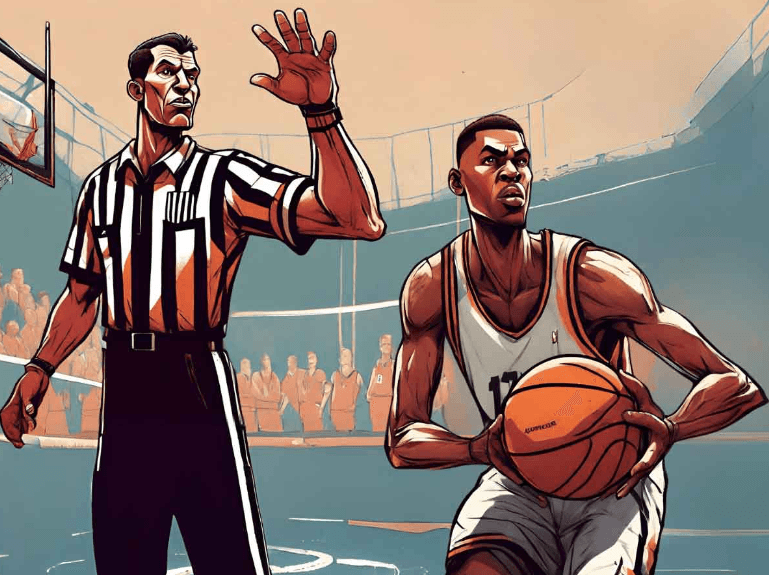Basketball Game is more than just shooting hoops and scoring points. The game is rich in strategy, precision, and skill, with a set of rules that bring order and excitement. Knowing these rules can help players maximize their skills, avoid fouls, and enjoy the game to its fullest. Whether you’re a newcomer or a seasoned player, understanding these crucial rules will allow you to master the basketball game’s nuances and elevate your play.
A Brief History of the Basketball Game

The basketball game was invented by Dr. James Naismith, a Canadian physical educator, in 1891 in Springfield, Massachusetts. Originally created to keep athletes active during the cold winter months, this game quickly grew in popularity. Initially, players used a soccer ball and aimed to shoot it into elevated baskets. Since then, this game has evolved into the fast-paced, high-energy sport we recognize today, complete with organized teams, leagues, and universally recognized rules.
Also Read: The basketball game’s scoring system is clear, yet the placement of each shot affects its point value: In professional leagues, these scoring rules add layers of strategy, enabling teams to adapt their offensive play according to the game’s flow and intensity. In a basketball game, physical contact is regulated to ensure fair play and player safety. Personal fouls occur when a player makes illegal contact with an opponent, such as pushing, hitting, or obstructing their movement. Technical fouls are given for unsportsmanlike behavior, such as arguing with referees or deliberately delaying the game. When a player accumulates too many fouls, the opposing team is awarded free throws. After reaching a foul limit, players are disqualified, emphasizing disciplined play within the game. Also Read: Substitution rules in the basketball game are flexible. Coaches can substitute players during breaks or stoppages, allowing teams to adapt their strategies and keep players fresh. There’s no limit on the number of substitutions, making it easy for coaches to rotate players according to the game’s dynamics. Timeouts and overtime play critical roles in competitive basketball games. Coaches use timeouts to strategize or halt the opponent’s momentum. Each team typically has a set number of timeouts per game. When regulation time ends in a tie, overtime periods are introduced. Each overtime period usually lasts around five minutes, giving teams an extra opportunity to secure a win in the game. The basketball game has several common violations that can disrupt gameplay: Understanding these crucial rules makes the game more enjoyable and competitive for all players. By mastering these rules, players can avoid fouls, execute plays smoothly, and appreciate the sport’s complexity. Also Read:
Fouls and Free Throws in a Basketball Game


Timeouts and Overtime in a Basketball Game

Game Violations in a Basketball Game


